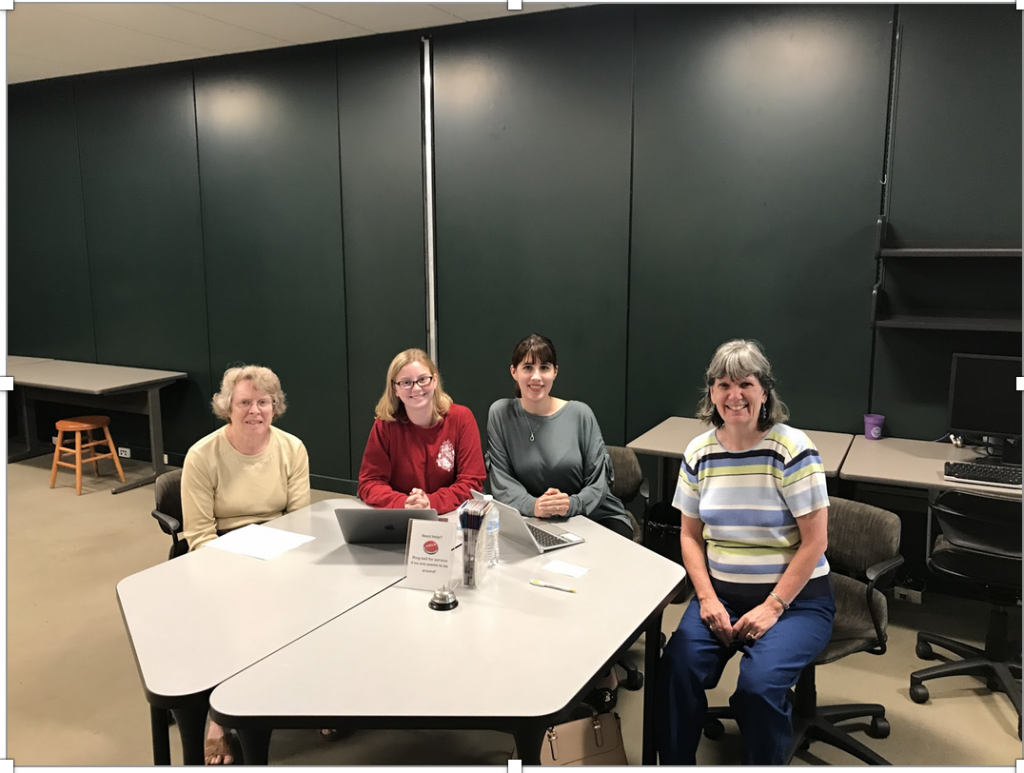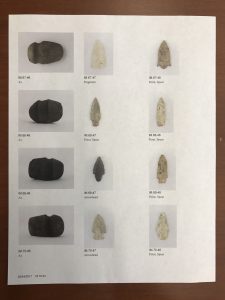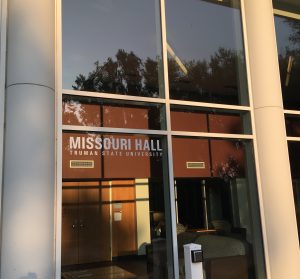For this post, we were supposed to have completed a timeline about the dispossession of Native lands in our area. However, as I transitioned from the reading to the creation of the timeline I ran into quite a few problems. I was able to copy and past the TimelineJS into my google sheets without problem and fill in all of the appropriate information. I was not able to find very many pictures related to my topic though, especially ones that I could confirm were not under copyright. I did find a few through the Smithsonian and The State Historical Society of Missouri, but I was not able to find enough pictures for each date. I do not know if I was searching the wrong items or what, but I was only able to find three photos. Additionally, when I went to embed the timeline into this post I could not get it to work. I assume that I am missing some crucial step to make it a viable link.
I have included a screenshot of my google spreadsheet timeline to show the work that I have been able to complete.

Edit to Post:
Kathleen was able to show me how to embed my timeline into the post at the beginning of class on Monday Sept. 24. The result is below. Also, as suggested by Professor Sabine, I am attempting to orient my timeline to a more Native American viewpoint. This has required more research as I try to determine when and why the Native Americans gave up their land or were forced off of their land. I actually spent a lot of time trying to figure out who had signed the treaty in 1824/1825 that ceded the Chariton River area. One of the accounts, “The Big Neck Affair” actually seems to combine the names of two Ioway chiefs into one person. As I did more research, I could not find the person named in the accounts, but I kept running across the two names Chief White Cloud and Chief Great Walker (Big Neck). I believe that the settlers of the time did not realize that these were two separate men and that is why the account is so confusing. These two chiefs both signed the treaty in 1824/1825, but they both had different feelings about the result. I am sure there will be more to come on this event as I do more research into the area and how the two chiefs interacted with each other, other Indian tribes, and the white settlers after this event.


